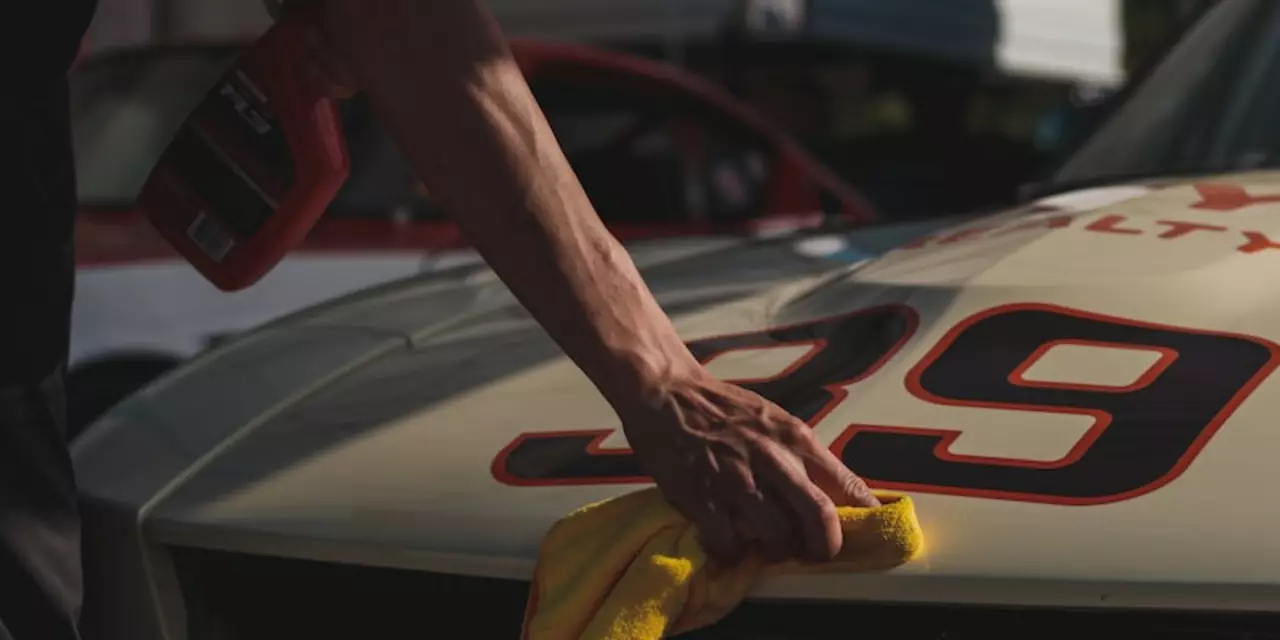Money in Motorsport: The Real Cost of Speed
When you hear the roar of engines, you probably picture fast cars and daring drivers. What you don’t hear as much is the price tag behind every lap. From a modest kart to a Formula 1 team, money is the hidden engine that keeps everything moving.
First off, understand that not every racing series costs the same. A local club race might need a few hundred pounds for entry fees and a decent set of tyres. A Le Mans effort can easily climb into the millions when you factor in car development, logistics, and crew salaries. Knowing where you sit on that spectrum helps set realistic expectations.
Where Does the Money Come From?
Sponsorship is the lifeblood for most racers. Brands love the exposure that fast cars provide, so they’ll pay for logos on the wing, the helmet, or even the pit crew uniforms. The key is to offer something they can measure – TV time, social media mentions, or event appearances. Personal investors also play a role, especially for up‑and‑coming drivers who need a push to get into a better car.
Team budgets are another source. A well‑run team pools money from several drivers, sponsors, and sometimes even fans through crowdfunding. The pooled cash covers everything from spare parts to travel costs. Some teams also earn money by renting out their cars for track days or selling merchandise.
Tips to Stretch Your Racing Budget
1. **Start Small** – Begin with karting or a low‑power club car. The upfront cost is lower, and you’ll learn the ropes without breaking the bank.
2. **Build Relationships Early** – Talk to local businesses before you need a big sponsor. A coffee shop or garage might be willing to put a small logo on your car for a modest fee.
3. **Use Second‑hand Parts** – Racing parts lose value fast. Buying used but well‑maintained components can save thousands.
4. **Leverage Social Media** – Share your track days, training, and behind‑the‑scenes moments. A growing audience makes you more attractive to sponsors.
5. **Share a Car** – Partner with another driver to split the cost of a chassis, engine, or even a team mechanic.
Remember, racing isn’t just about spending big money; it’s about spending smart money. Many successful drivers have climbed the ladder by being creative with funding and keeping expenses in check.
Finally, don’t forget the tax side of things. In many countries, racing expenses can be written off as a business cost if you treat yourself as a professional driver. Talk to an accountant who understands motorsport finance to avoid nasty surprises at tax time.
Money may not make you faster on its own, but it gives you the tools to be faster. Whether you’re a teen looking for a first kart or an experienced driver eyeing a new prototype, keep a close eye on where every penny goes and you’ll stay on the track longer.
How do auto racing teams make their money?
- Landon Speedwell
- on Mar 3 2023
- 0 Comments
Auto racing teams make money from sponsorships, team ownership, technical partnerships, driver wages, and merchandise sales. Sponsorships come from large companies, who pay for their logos to be put on the cars. Team ownership involves selling the cars and investing in new technology. Technical partnerships involve working with other teams to share technology. Driver wages are either set by contract or depend on winning races. Finally, merchandise sales involve selling team-branded items such as hats, t-shirts, and other memorabilia. In summary, auto racing teams make money from various sources, including sponsorships, team ownership, technical partnerships, driver wages, and merchandise sales.
